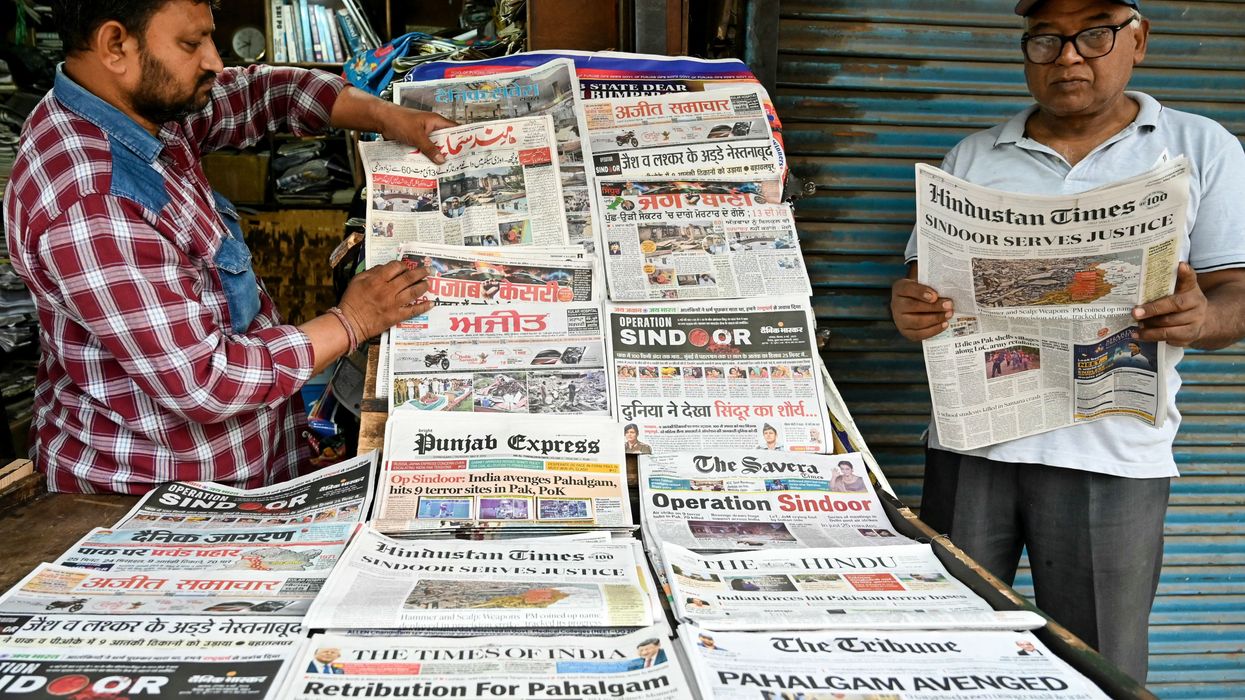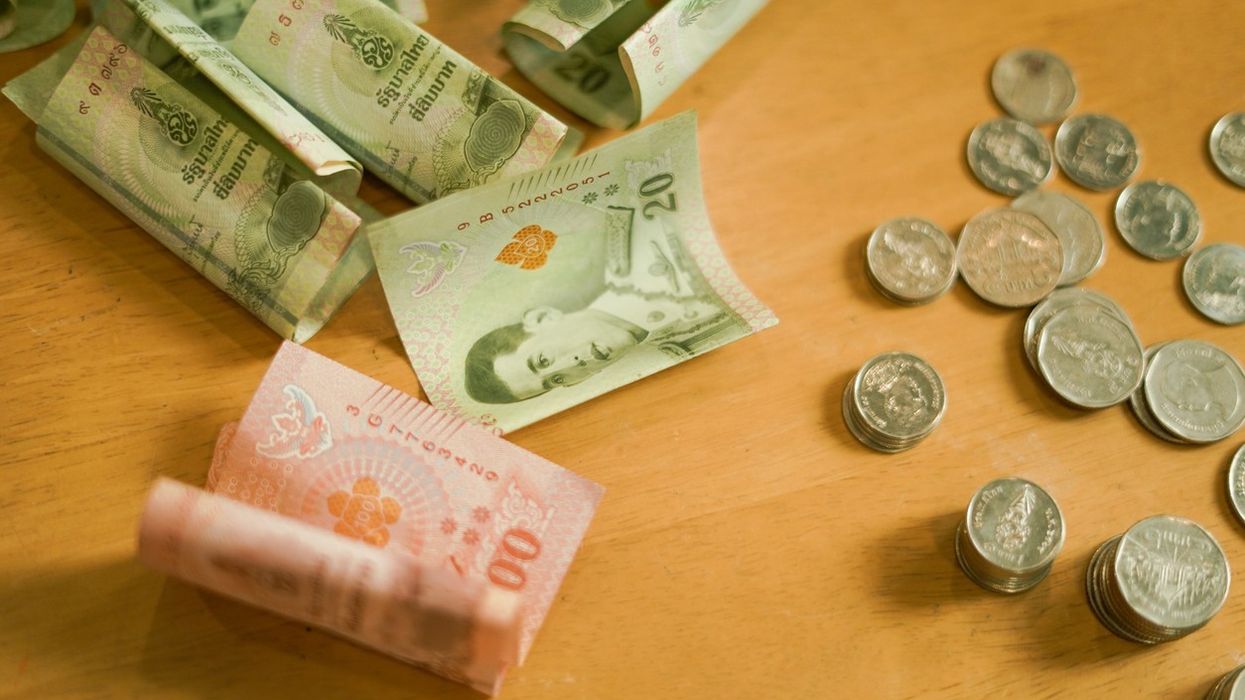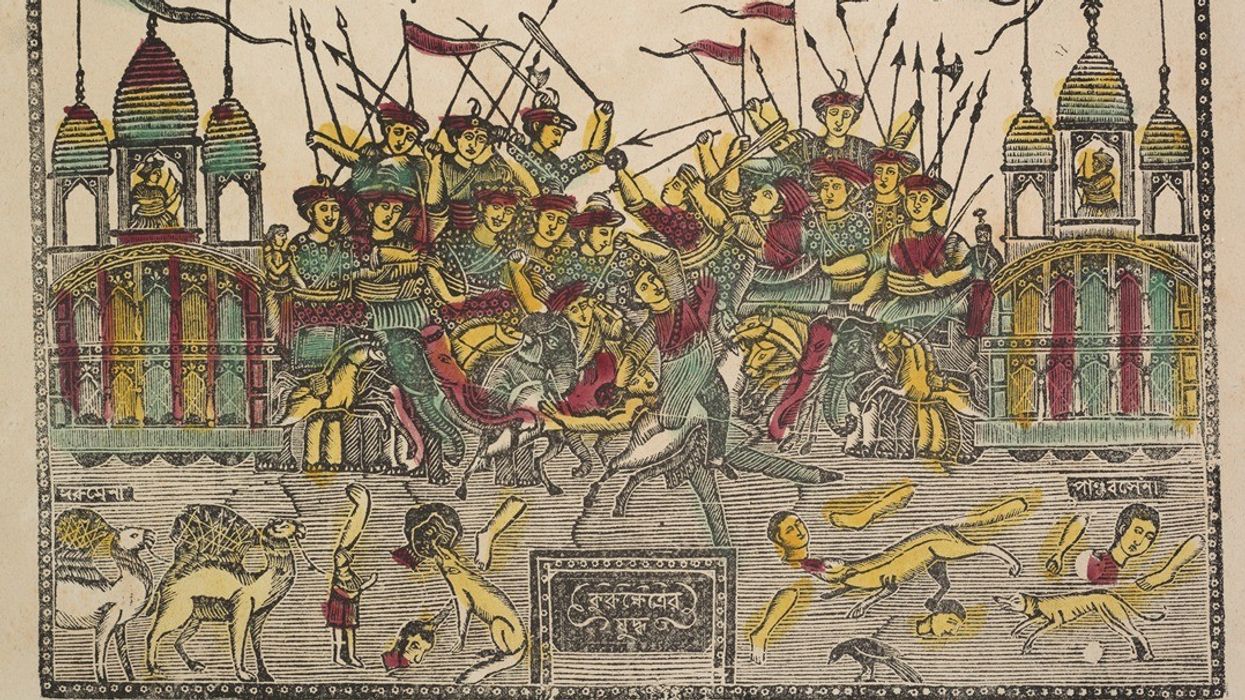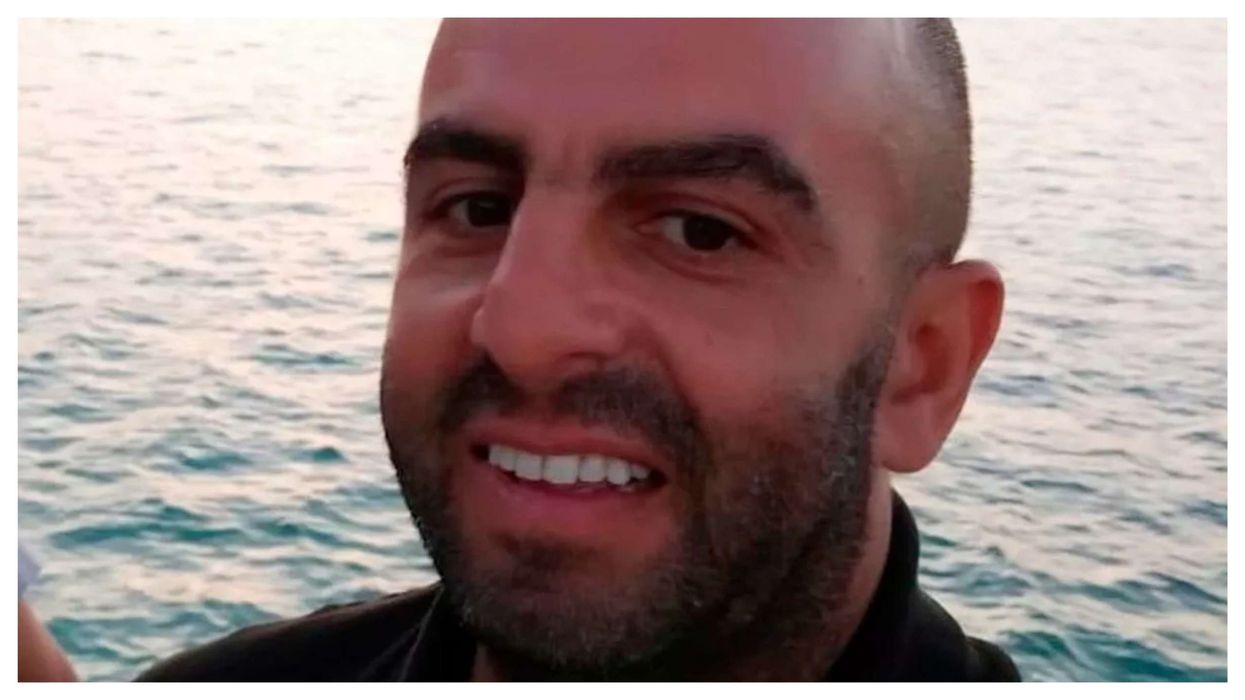MISINFORMATION and disinformation are not new in the age of social media, but India’s mainstream news channels peddling them during a time of war was a new low.
Hours after India launched Operation Sindoor, most channels went into overdrive with ‘breaking news’ meant to shock, or worse, excite.
Channels beamed blurry images of the Pakistan attack on Indian territory with nearly 400 drones last Thursday (8) night, on a loop, and news tickers announced an Indian advance into enemy territory.
They claimed a Pakistani fighter pilot had been captured alive in Punjab, only to revise it a while later to say that not one, but two were in India’s custody. Minutes later came reports of an aerial attack in Islamabad, right next to the house of Pakistan’s prime minister, Shehbaz Sharif, and claims that he had taken shelter in a bunker.
Before one could process why India, known for its restraint, would escalate tensions at this scale on just the second day of attack, the next salvo of misinformation was launched – the Indian Navy had ‘destroyed’ the Karachi port, accompanied by images of a ravaged facility.
The next report claimed Pakistan Army chief Asim Munir had been ousted in a coup and was being held in ‘custody’ (by whom was anybody’s guess). These ‘news’ items painted a picture of unprecedented aggression by one nuclear state against another.
Except, none of these stories were true. The defence press briefing last Friday (9) made no mention of captured pilots, an attack on Karachi port, or any development concerning Munir.
Indian fact-checkers debunked the videos of the Karachi port attack aired by some channels as footage from a 2020 BBC report from Gaza.
Last Sunday (11), clarity emerged when India’s director general of naval operations said that Indian battleships were stationed “with full readiness and capacity to strike select targets, including Karachi,” laying to rest speculation of an attack on the port. The Indian defence establishment also confirmed it had ‘downed’ Pakistani fighter jets, but made no mention of any ‘captured’ pilots.
The Indian news channels’ false reporting was called out by social media users within hours, prompting many to backtrack and apologise. A few also faced criticism for their warmongering – one ‘expert’ on a channel declared mazaa (fun) would begin when Pakistan attacks India.
Another example of the channels’ insensitivity was the use of AI-generated images and graphics – one depicting an enraged Indian prime minister Narendra Modi trampling a cowering Sharif – which trivialised the conflict and framed it as little more than a high-stakes cricket match between the two nations.
Some Indian media houses reported that similar fake news was being broadcast by Pakistani outlets. However, for someone in India, where I live, it has become nearly impossible to verify what the media is reporting on the other side of the border, as the government has banned access to Pakistani news channels, including Dawn and Geo News.
Several Indian news websites, including The Wire – co-founded by a former editor of The Hindu – also faced bans (in this case, the restriction was lifted a day later).
Amid all this, the mainstream print media, both in English and regional languages, has remained largely responsible and sober, refraining from whipping up passions. Many news websites have done the same.
If the ceasefire doesn’t hold, this could become the first major war that Indians witness in the age of private news channels and social media. Whether the screens will make the proverbial fog of war even thicker remains to be seen.













Anurag Bajpayee's Gradiant: The water company tackling a global crisis